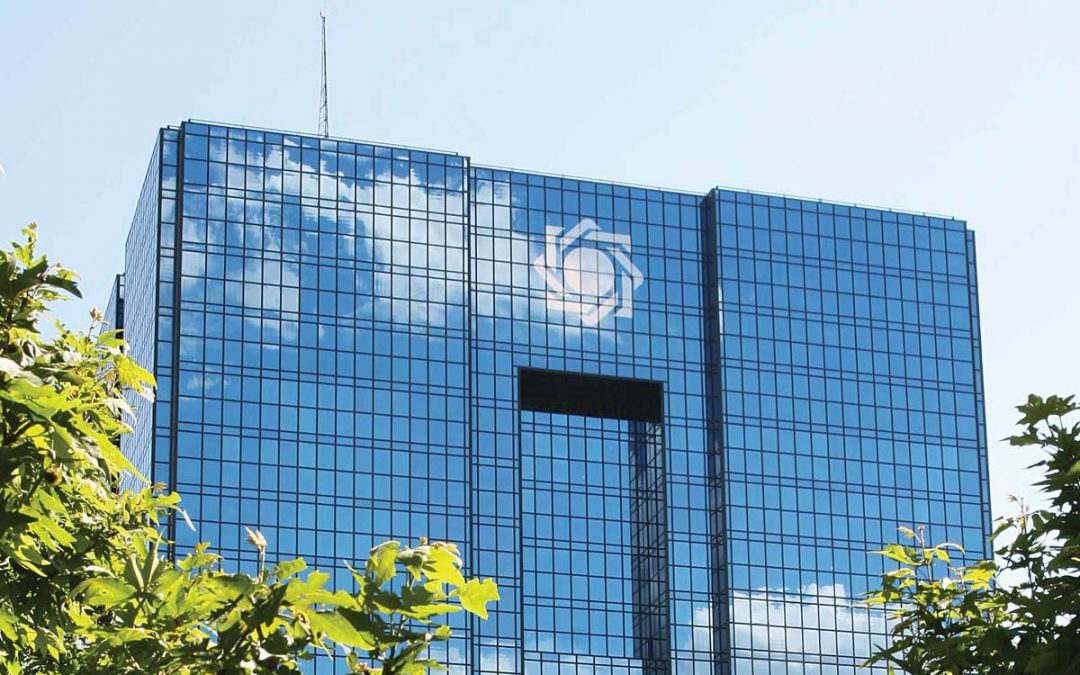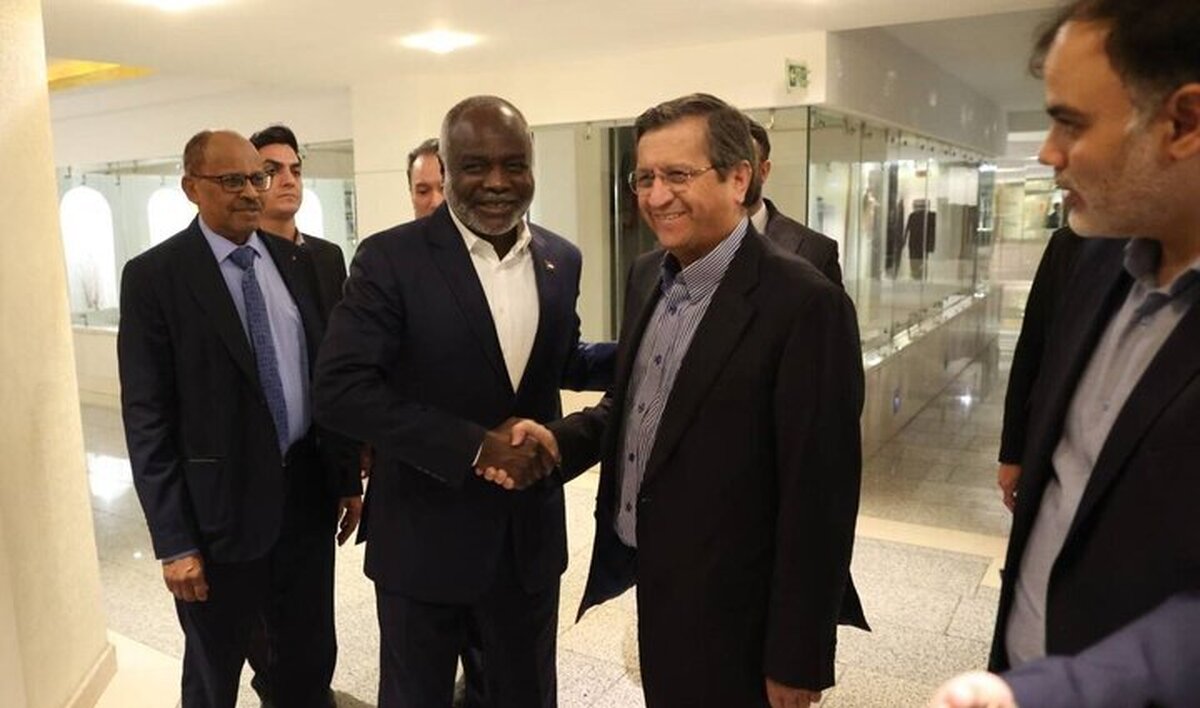
Central Bank of Iran: 3 Ways to Plug Budget Holes

EghtesadOnline: The Central Bank of Iran is trying to find ways to plug the budget deficit and avoid printing more money, says the CBI governor Abdolnaser Hemmati.
In an Instagram post on Friday, Hemmati proposed three ways to fill the budget holes emanating from sharp decline in oil revenues as the result of the new United States sanctions.
These include finding new ways to export oil, issuing bonds and withdrawal from the National Development Fund of Iran, the sovereign wealth fund.
The senior banker recalled concerted efforts by the government to find alternative ways to export crude oil, which for decades has been the lifeblood of the domestic economy, Financial Tribune reported.
This is despite the fact that successive governments in Iran have struggled and to some extent succeeded in weaning the nation out of largely volatile oil revenues. It has been reported that close to 30% of budget for the current fiscal is tied to oil exports.
Revenues forecast for crude oil exports for the current fiscal year (March 2019-20) is set at 1,400 trillion rials ($10 billion, based on the current foreign exchange rate in the open market), accounting for almost 36% of the total budget resources.
“Despite the hostile US sanctions, we will strive to boost oil exports. However, we prefer to err on the side of caution and have set the (oil export) ceiling at 1.5 million barrels per day,” Mohammad Baqer Nobakht, the head of Plan and Budget Organization, told MPs during a parliamentary debate over the budget in February.
With the US sanctions taking its toll, the government is facing a hard time realizing, at least, a substantial portion of the forecast oil export and revenue this year.
With the known intention of hurting Iran’s economy, President Donald Trump in May 2018 abandoned the nuclear deal Iran had signed with the six world powers in 2015. Soon after that he announced tough new sanctions on the key oil and banking sectors.
He re-imposed what he loves to call the "toughest ever" sanctions against Iranian oil exports last November. Fearing further increase in global crude oil prices and supply shortages, the US administration granted sanction waivers for six months to eight main countries buying Iranian oil. The waivers expired in May.
Hemmati did not say how the government exports oil in midst of the openly aggressive and hostile attitude and bullying by the Trump White House that has been going out of its way to bring Iran to the negotiating table for a “new and comprehensive” agreement. Tehran has said it is not interested and does not trust Trump and his highly unstable policies.
An Oil Ministry official had said last May that Iran has mobilized its resources to sell oil in a “grey market”.
Issuing Bonds
As for the second option, the CBI boss said issuing bonds is a viable solution to plug the deficit.
Issuing bonds for deficit spending is common in many countries when government expenditure is over and above its revenues.
In a recent review on how to adjust revenues with alternative sources of income, the Majlis Research Center said “minus oil revenues this year, the country will face a budget deficit of 1,000 trillion rials ($8 billion).
The MRC estimated that the government could and should generate 600-700 trillion rials from other sources and should think about issuing financial-Islamic bonds worth 300-400 trillion rials.
NDFI Option
Last but not the least, is the option of withdrawing money from the NDFI. Financial resources of the NDFI are sourced from oil exports. Although, the funds have declined this year due to the decline in oil exports, the fund can still help during the present sensitive juncture.
NDFI, which is independent of the government, was founded in 2011. The aim was and is to save money for future generations and for times when global prices sink. It lends to both public and private firms in need when government revenues are down, namely during low international oil prices.
The parliament decided in February to cut the share of NDFI from oil revenues to 20%, down 12% compared to the previous fiscal (ended in March 20).



